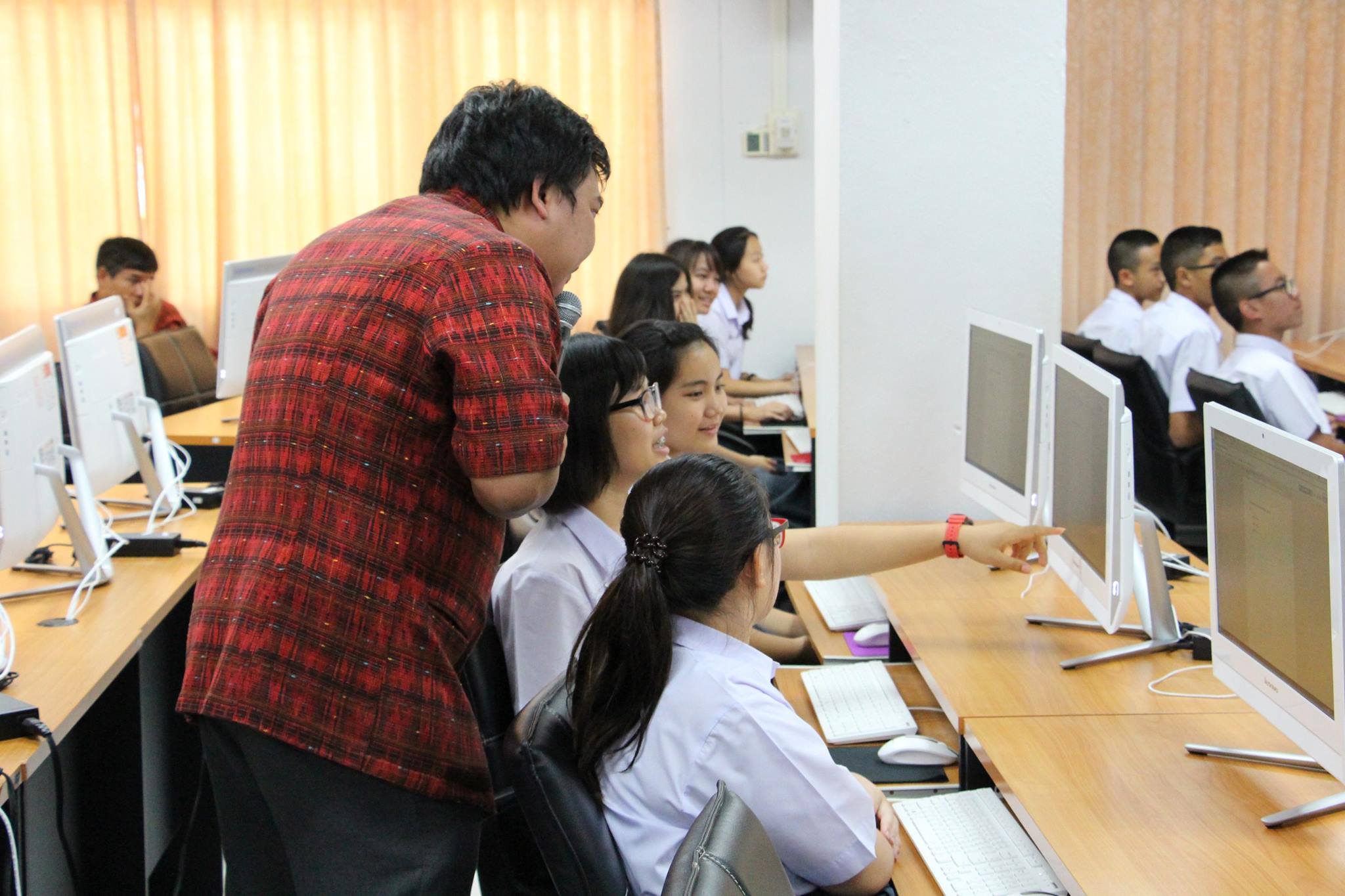The Validation of Online Learning Environments for Enhancing Mental Model of Programming
Main Article Content
บทคัดย่อ
This research proposes to validate Online Learning Environments Model. The research design is model research Phase II about Model validation composed of internal validation and external validation. The results are collected both in quantitative and qualitative data. The data are analyzed and summarized by synthesizing the protocol, interpretating summaries and descriptive statistics. The outcomes of the study proved that 1) the model has internal validity in the learning contents, the media, and the design of the model. The model holds all seven components whose quality is consistent with the synthesis of a theoretical framework and conceptual framework for designing and developing the online learning environments model. 2) the external validity of this model is confirmed by the impact of the learning paradigm on students. The Mental Model of Programming shows that the students were able to create knowledge representation and understanding the programming. Students who learned with Online Learning Environments Model had the post-test average scores of 24.9 (S.D. = 0.99) or 83.0 % which is higher than the criteria of 70 per cent. The students’ opinion towards Online Learning Environments Model showed that the learning contents, the media, and the design are suitable and supported to enhance the Mental Model of Programming.
Article Details
เอกสารอ้างอิง
Chaijaroen, S. (2014). Instructional Design: Principles and Theories to Practices. Khon Kean: Anna offset.
Jonassen, D. (1999). Learning with Technology: A Constructivist Perspective. Toronto: Prentice-Hall.
Jonassen, D. H. (1999). Designing constructivist learning environments. In C. M. Reigeluth (Ed.), Instructional design theories and models: A new paradigm of instructional theory, Volume II, pp. 215-239). Mahwah, NJ: Lawrence Erlbaum Associates.
Kanjug, I. (2013). The Designing of Constructivist Web-Based Learning Environments to Enhance Problem Solving Process for the 21ST century. Journal of Education Khon Kaen University, 37(3), 109-116.
Kanjug, I. (2016). Foundation of Education Technology. Khon Kaen: Klungnanavithaya.
Kanjug, I. (2017). flipped Classroom: concept and approach. 10.13140/RG.2.2.36454.63041.
Mayer, R. E. (1989). Mental model. Retrieved July 15, 2016, form http://www.eev.liu.edu/know_base/cognitive/mental_models.html
Mayer, R. E. (1992). Thinking Problem Solving in Cognition. 2nd ed. New York: Freeman.
Mayer, R. E. (Ed). (2005). The Cambridge Handbook of Multimedia Learning. New York: Cambridge University Press.
Ministry of Education. (1999). National Education Act B.E. 2542. 2nd ed. Bangkok: Teachers Council of Ladprao.
Moeikao, N. (2018). Synthesis of Designing framework for Constructivist Learning Environments Model to enhancing Programming Problem Solving for Connecting Internet of Thing Devices: Lecture Notes in Computer Science (LNCS), 11003, 253-260.
Richey, R. C., Klein, J. (2007). Design and developmental research. New Jersey: Lawrence.
Samat, C., Chaijaroen, S. (2016). Synthesizethe Designing Framework of Constructivist Webbased Learning Environment to Enhance Problem Solving Process and Transfer of Learning for Computer Education Student: Technical Education Journal King Mongkut’s University of Technology North Bangkok, 7-11, 191-201.
Samat C., Chaijaroen S., Kanjug I., Vongtathum P. (2017). Design and Development of Constructivist Multimedia Learning Environment Enhancing Skills in Computer Programming. Japan: Proceedings - 2017 6th IIAI International Congress on Advanced Applied Informatics, IIAI-AAI 2017.
Singha, P., Chaijaroen, S. (2019). The Validation of Constructivist Web-based Learning Environment Model to Enhance Problem Solving: Integration of Pedagogy and Neuroscience. Academic Services Journal, Prince of Songkla University, 30(1), 22-31.


